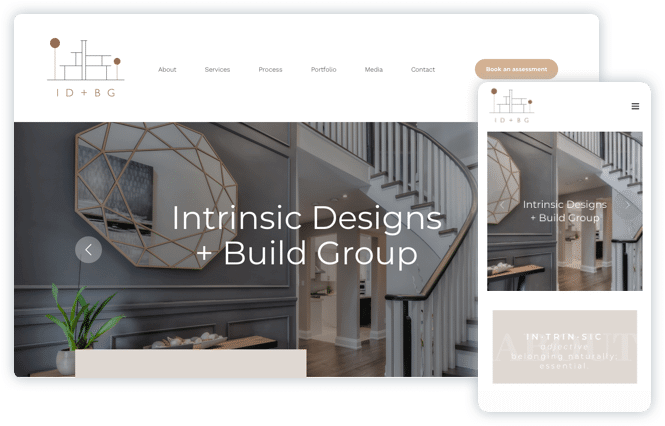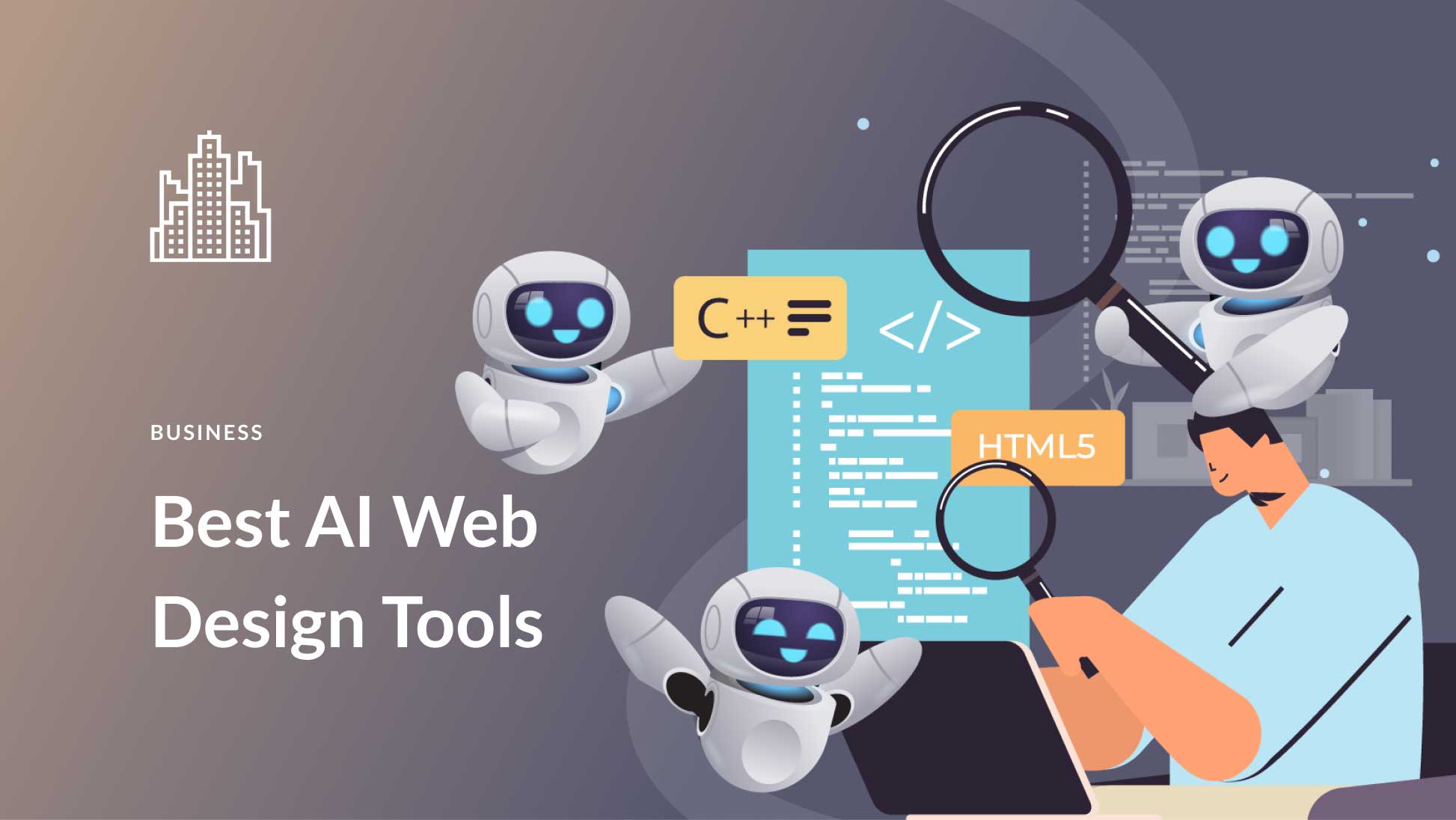Check Out the Different Sorts Of Website Design Solutions for Your Unique Needs
In today's digital landscape, having a well-designed site is important for people and organizations alike. With the myriad of internet layout services offered, it can be overwhelming to navigate via the alternatives and discover the one that ideal matches your special demands. From responsive website design that adjusts to different devices, to ecommerce web design that drives on-line sales, to user experience (UX) style that improves consumer satisfaction, to custom internet design that brings your vision to life-- the possibilities are limitless. And let's not forget mobile app design, which provides particularly to the growing number of mobile individuals. So, whether you're a local business owner wanting to establish an online presence or a business owner intending to change the mobile app globe, this discussion will certainly clarify the various kinds of internet layout services offered, aiding you make an informed choice that aligns with your objectives.
Receptive Website Design
Responsive website design is an important facet of contemporary internet growth that makes certain web sites adapt and display effortlessly across different tools and display dimensions. With the increasing usage of smartphones, tablets, and other smart phones, it has actually become crucial for websites to be available and user-friendly on any type of screen.
Responsive web style utilizes a combination of versatile grids, layouts, pictures, and CSS media inquiries to accomplish this flexibility. It permits the internet site to immediately change its layout and content based on the tool's screen positioning, resolution, and size (web design company). This means that customers can access the web site on their desktop, laptops, tablet computers, or mobile phones without coming across any type of issues or needing to focus or out to check out the content properly

E-commerce Website Design

With the raising need for online buying, organizations are now concentrating on shopping internet layout to develop visually appealing and easy to use web sites that drive sales and boost the consumer shopping experience. E-commerce website design encompasses different aspects such as layout, navigation, item screen, and checkout procedure optimization. These aspects are critical for attracting and keeping clients, in addition to boosting conversion rates.
An efficient ecommerce internet style begins with a well-organized design that enables individuals to quickly discover the services or items they are looking for. Clear and intuitive navigating food selections, search bars, and filtering system choices are necessary for a smooth surfing experience. Furthermore, the product display should display high-grade photos, in-depth summaries, and customer reviews to construct trust fund and self-confidence in the product.
Additionally, the check out procedure ought to be optimized for simpleness and ease. A secure and structured repayment gateway, in addition to numerous repayment options, makes certain a smooth deal for the customer. In addition, integrating features such as visitor checkout, order monitoring, and individualized recommendations can boost the general purchasing experience.
Individual Experience (UX) Design
User Experience (UX) Layout plays a critical function in creating engaging and straightforward internet sites that focus on the needs and choices of the target market. It involves designing and enhancing the overall experience that customers have when engaging with a site or application. UX designers intend to enhance individual complete satisfaction by boosting the functionality, access, and effectiveness of the website.

UX designers concentrate on developing instinctive navigation, clear and concise material, and aesthetically enticing user interfaces. They make certain that the website is easy to navigate and comprehend, making certain a seamless and pleasurable user experience.
Along with improving functionality, UX layout additionally takes into consideration the psychological element of individual experience. Designers intend to stimulate positive feelings via aesthetic components, such as shades, typography, and images, which add to the total customer contentment.
Personalized Website Design
Personalized internet layout includes producing special and custom-made sites that are specifically designed to meet the specific demands and demands of a company or organization. Unlike pre-designed templates or common internet site styles, custom-made website design supplies a customized strategy that reflects the brand name identity, worths, and objectives of the customer.
With custom-made website design, every facet of the web site is thoroughly crafted to align with the customer's goals. This includes the format, color pattern, typography, pictures, and overall customer experience. The style process starts with an extensive understanding of the client's organization and target audience, permitting the web designer to establish a website that properly interacts the customer's message and engages customers.
One of the vital advantages of custom website design is its adaptability. As the site is constructed from scratch, the internet designer has total control over its functionality and functions. This makes it possible for the combination of any kind of desired personalizations, such as e-commerce performance, web content management systems, or interactive aspects.
In addition, customized internet layout basics guarantees that the web site is optimized for online search engine, making it extra visible to prospective clients. By applying SEO finest methods, such as correct keyword placement and meta tags, the site can accomplish greater positions in search engine results.
Mobile App Style
Mobile application layout involves producing easy to use and aesthetically enticing interfaces for applications that are particularly created for mobile tools. With the raising appeal index of smartphones and tablets, mobile app design has become an important element of digital product advancement.

Aesthetic appeal is additionally essential in mobile app style. Using colors, typography, and images can develop a visually pleasing user interface that records the user's attention and improves their total experience. Additionally, including brand name elements and keeping consistency with the organization's aesthetic identity can aid establish a strong brand name presence within the application.
Mobile app layout likewise includes taking into consideration different technical elements, such as device efficiency, compatibility, and responsiveness optimization - web design agency. It is important to make sure that the application works seamlessly throughout various gadgets and running systems, providing a regular experience to all users
Final Thought
Receptive web design makes certain more helpful hints a seamless experience throughout various devices, while shopping web layout concentrates on creating on-line buying systems. Custom-made web style offers customized services to meet details needs, while mobile application style focuses on creating user-friendly mobile applications.
From receptive web design that adapts to various gadgets, to ecommerce web layout that drives on-line sales, to user experience (UX) style that boosts client contentment, to custom web layout that brings your vision to life-- the opportunities are limitless.An effective shopping web layout starts with a well-organized format that enables users to conveniently find the items or solutions they are looking for. The style procedure begins with an extensive understanding of the client's organization and target audience, enabling the internet designer to develop an internet site that efficiently communicates the customer's message and engages customers.
Responsive internet design makes certain a seamless experience throughout different tools, while e-commerce internet design concentrates on creating on the internet shopping platforms. Personalized web style uses tailored options to meet certain needs, while mobile app design concentrates on developing easy to use mobile applications.